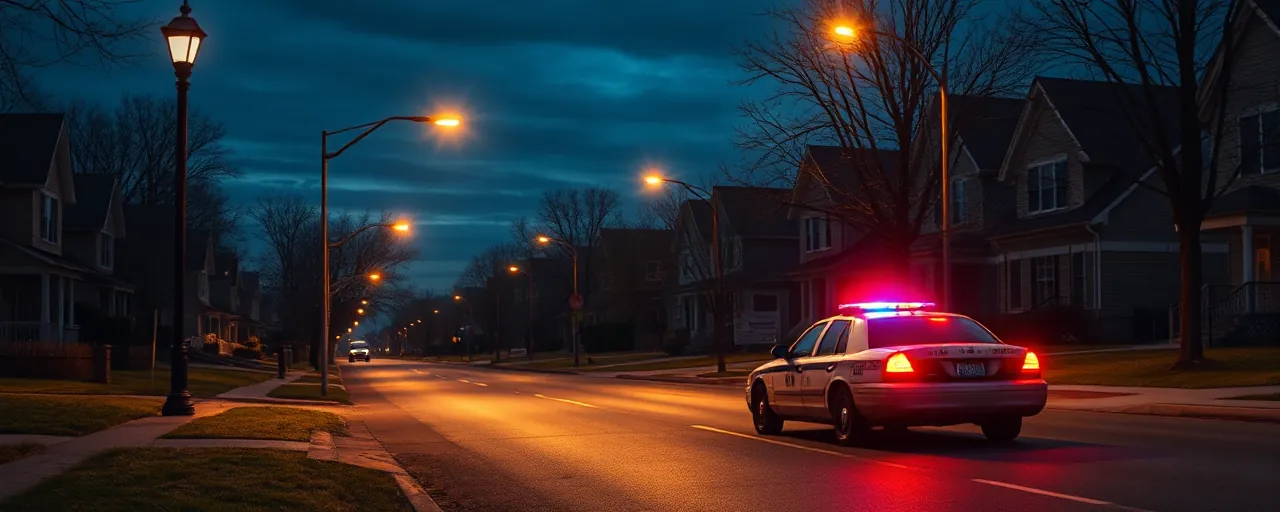A Victory for Safety
The news out of Catoosa, Oklahoma, hits like a thunderclap. U.S. Immigration and Customs Enforcement just hauled in Carlos Ambriz, a 53-year-old Mexican national with blood on his hands, convicted of deliberate homicide. This isn’t some petty thief or jaywalker; this is a man who killed his own child, served 40 years in Montana State Prison, and still thought he could slink back into America unnoticed. ICE’s Enforcement and Removal Operations teams tracked him down near his residence on March 25, proving once again that when the federal government prioritizes public safety, results follow.
Ambriz’s arrest isn’t just a win for ICE; it’s a win for every American who believes our laws mean something. This guy was deported back in 2006, ordered out by an immigration judge in 1999 after his prison stint. Yet here he was, living illegally among us, a walking reminder of why border security isn’t optional, it’s essential. Acting Field Office Director Josh Johnson nailed it: this man’s record screams danger, and getting him off our streets is a no-brainer for anyone serious about protecting communities.
The Threat Is Real
Let’s cut through the noise. Ambriz isn’t an outlier; he’s part of a pattern. ICE’s Dallas region alone has racked up over 48,000 arrests between 2020 and 2024, targeting individuals with criminal histories that read like a rap sheet from hell, violent crimes, drug trafficking, you name it. Just this January, ICE rounded up 84 more in North Texas and Oklahoma, zeroing in on people who’ve already proven they don’t play by the rules. The data backs this up: illegal re-entry cases spiked 7.6% in 2023, with 98.8% of those caught being Hispanic men averaging 39 years old. These aren’t ‘dreamers’ chasing a better life; they’re repeat offenders betting on lax enforcement.
History tells the same story. Back in 2017, ICE nabbed 75 in a three-day sweep across this region, most with convictions for assault or worse. Two years later, 49 more went down, including sexual predators. This isn’t random; it’s a deliberate strategy rooted in the Immigration and Nationality Act to yank threats out of our neighborhoods. The 1996 Illegal Immigration Reform Act made it crystal clear: felons don’t get a free pass just because they crossed a border. Ambriz, with his 40-year homicide rap, is exhibit A.
The Opposition’s Blind Spot
Of course, you’ll hear the usual hand-wringing from advocates for open borders. They’ll cry about due process or claim ICE’s net is too wide, scooping up folks without criminal records alongside the likes of Ambriz. They point to the 3.6 million-case backlog in immigration courts, arguing it’s unfair to fast-track deportations. But here’s the reality they dodge: a guy like Ambriz doesn’t deserve years of appeals while law-abiding citizens sleep less soundly. Project 2025’s push for expedited removals isn’t cruelty; it’s common sense, cutting through red tape to put safety first.
Then there’s the tired line that ICE scares immigrant communities into silence, making them afraid to report crimes. Local police chiefs have bent over backwards holding community meetings to say they’re not immigration cops. Fine, but let’s not kid ourselves: the real fear comes from killers and traffickers walking free, not from badges doing their jobs. The public gets this; trust in ICE might waver, but media hype over collateral arrests ignores the bigger picture, dangerous criminals off the streets equals safer towns.
Borders Work When Enforced
Ambriz’s case drives it home: strong borders stop chaos. Deported in 2006, he still wormed his way back, a glaring example of why recidivism matters. Studies show deported folks with prior removals are 73% likely to get nabbed again within a year if they’re let loose locally. Border recidivism hit 27% in 2021 under lax policies; now, with Title 8 back in play, we’re seeing real penalties bite. Illegal re-entry isn’t a victimless crime, it’s a calculated risk that pays off when we go soft.
ICE isn’t just reacting; it’s proactive. Teaming up with the DEA and FBI, they’re hitting the ground hard, using tools like social media to track threats and keep the public in the loop. Sure, privacy watchdogs fret about surveillance, but when a convicted murderer’s on the loose, I’d rather have ICE scrolling X than sitting on their hands. This is what enforcement looks like when it’s done right, targeted, relentless, and unapologetic.
The Bottom Line
Carlos Ambriz is behind bars, awaiting his next trip to Mexico, and that’s a victory worth celebrating. ICE’s mission isn’t about optics or politics; it’s about results, keeping people safe from those who’ve already shown they’ll break laws and take lives. The numbers don’t lie: thousands of criminals off our streets in recent years, a legacy of focus that stretches back decades. This isn’t a game of chance; it’s a fight for order, and ICE is winning it one arrest at a time.
So next time someone whines about enforcement being too tough, point them to Catoosa. Ask them if they’d sleep better knowing a child-killer was their neighbor. The answer’s obvious. America’s borders aren’t suggestions; they’re lines in the sand, and thanks to ICE, they’re holding firm. Ambriz is proof: when we enforce the law, we protect the nation. Period.
